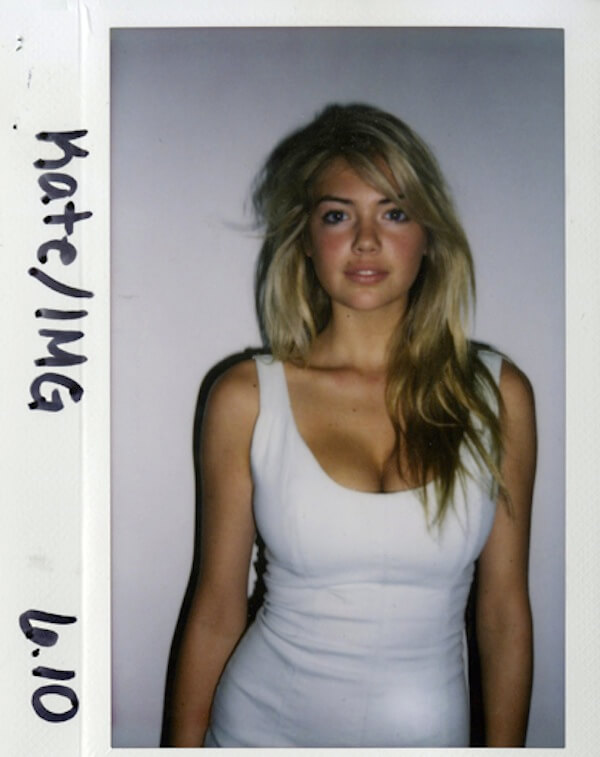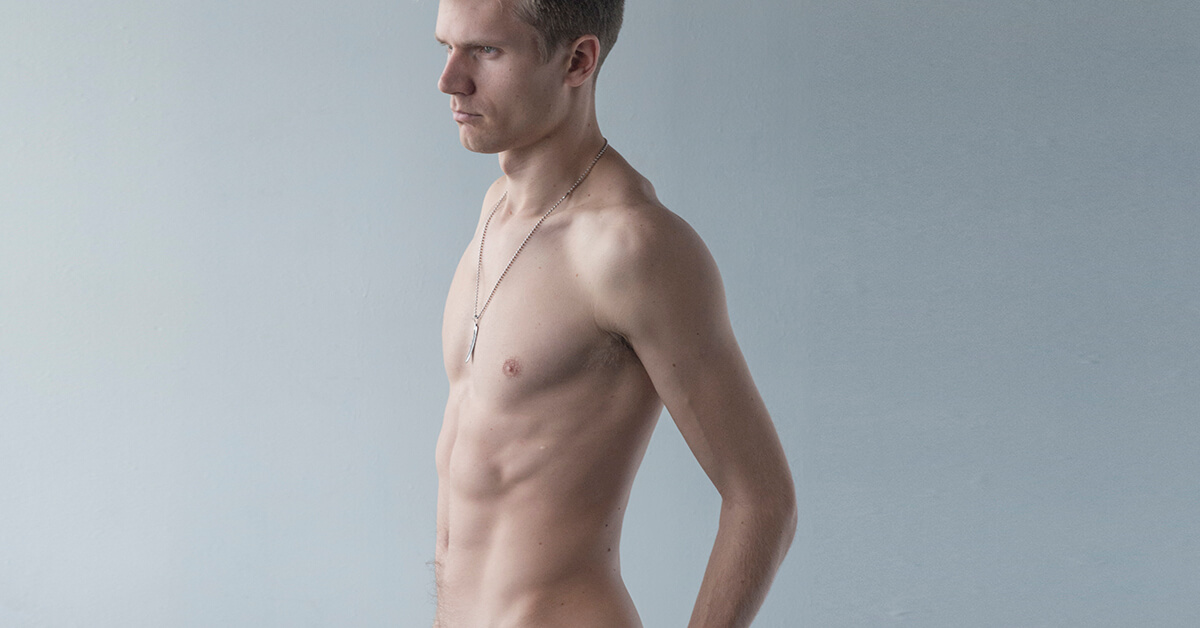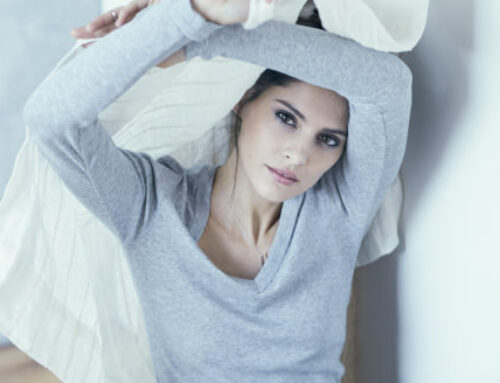Whether searching for representation with a Boston Modeling Agency, or an NYC Modeling Agency, or looking to develop your work with modeling agencies as a photographer, there are certain steps you can take in building your portfolio to maximize your appeal. The following guide is for models and photographers that are looking to work with a modeling agency. Please note: this information is what I have learned as a photographer, and will not necessarily be applicable for every agency in every market. I do not work for any modeling agencies.
Part II: The Model Polaroid and How to Photograph One
 The model Polaroid is an image that depicts the model as naturally as possible, typically with available light or on-camera flash. Previously, modeling agencies would use an actual Polaroid camera to take a snapshot of the model, hence the name. Nowadays, “polaroids” are alternatively known as “digitals,” which simply refers to the current method of capture; a digital camera resulting in a digital image, with no post processing or editing. As such, polaroids/digitals are interchangeable terms referring to the same type of image. Interestingly, many agencies still prefer to use analog cameras with instant film, as the resulting physical photograph offers a level of validity regarding the model’s true image, whereas a digital file is potentially manipulated.
The model Polaroid is an image that depicts the model as naturally as possible, typically with available light or on-camera flash. Previously, modeling agencies would use an actual Polaroid camera to take a snapshot of the model, hence the name. Nowadays, “polaroids” are alternatively known as “digitals,” which simply refers to the current method of capture; a digital camera resulting in a digital image, with no post processing or editing. As such, polaroids/digitals are interchangeable terms referring to the same type of image. Interestingly, many agencies still prefer to use analog cameras with instant film, as the resulting physical photograph offers a level of validity regarding the model’s true image, whereas a digital file is potentially manipulated.
In the image of Kate Upton, an on-camera flash is used against a white wall. There is no effort to produce a flattering image of the model. She wears minimal makeup, likely only mascara, and a white tank top. It is evident that she has a slight sunburn on the bridge of her nose, or perhaps she is naturally flush in that area. Regardless, there is no editing or post-processing. Her name, agency, and date are listed in marker on the left. The date is significant, as polaroids are meant to be current, replaceable, and updated every time there is a change in the model’s appearance. This example is provided to illustrate the fundamentals of the model polaroid, but is not the complete picture. Next, we will investigate the alternative approach to the polaroid, the digital version, which carries with it a slightly modified aesthetic.
 In the next image, model Yuri poses shirtless in a variety of angles to show his figure, face, and proportions. Unlike the previous example, this image uses a digital camera rather than film, and natural sunlight rather than on camera flash. This image is more indicative of the “current” style of model polaroids. The images must remain unedited, and must display a true image of the model in fairly even lighting, but there is some artistry involved. Rather than a harsh flash against a wall, models in current digitals/polaroids tend to display a few poses. A quick google image search of “model polaroid” will make evident the prevalence of this style. Regardless of the look, the principles remain the same.
In the next image, model Yuri poses shirtless in a variety of angles to show his figure, face, and proportions. Unlike the previous example, this image uses a digital camera rather than film, and natural sunlight rather than on camera flash. This image is more indicative of the “current” style of model polaroids. The images must remain unedited, and must display a true image of the model in fairly even lighting, but there is some artistry involved. Rather than a harsh flash against a wall, models in current digitals/polaroids tend to display a few poses. A quick google image search of “model polaroid” will make evident the prevalence of this style. Regardless of the look, the principles remain the same.
Logically, the next step is understanding why these images are necessary. Models tend to dislike them, and photographers are usually uninterested in taking them. Often, taking a series of digitals is the trade off agreement for an agency to lend its model for a photographer’s test. Something along the lines of, “you can use so and so provided you take a fresh set of digitals at the end or beginning of the shoot.” Initially, an agency will request digitals before signing the model, or take them during the interview. Once signed, the agency needs the digitals in order to send them out to potential clients. If the client’s like what they see, they will request the model’s portfolio. As such, the digitals are basically the “first impression” of a model, and are essential. They often remain behind the scenes tools, and rarely see the light of day on the internet. Also, they are constantly refreshed and kept up to date, so they can also be considered “disposable.”
If you are a photographer, you likely lack access to an instant film camera, or do not wish to invest in the cost of film. Therefore, the best option is to shoot the model in natural light, near a window, with a reflective bounce just off camera to fill in shadows. Remember, you do not want dramatic lighting. The digitals included of Yuri are pushing the limit as it is of shadow; just enough to display his toned body, but not enough to obscure his true image.
If you are a model, remember the digitals are your chance to make an impression. Be natural, and open with your poses. This is not the time to try an avant-garde contortionist pose, nor is it an opportunity to wear platform heels with a sequined gown. Stick to denim and white or black t-shirts with bare feet or flat shoes. Also, take shots in underwear for men or a two piece for women. This is not the time to be bashful about your body. Remember the digitals/polaroids are behind the scenes images. Finally, as mentioned, keep them up to date! If you are a serious model, it is your responsibility to update them when you cut or color your hair, gain or lose a significant amount of weight, or have any noticeable change in your physical appearance.
Hopefully this information is beneficial, and as always, you can book a model development session which includes digitals by clicking here.






Leave A Comment